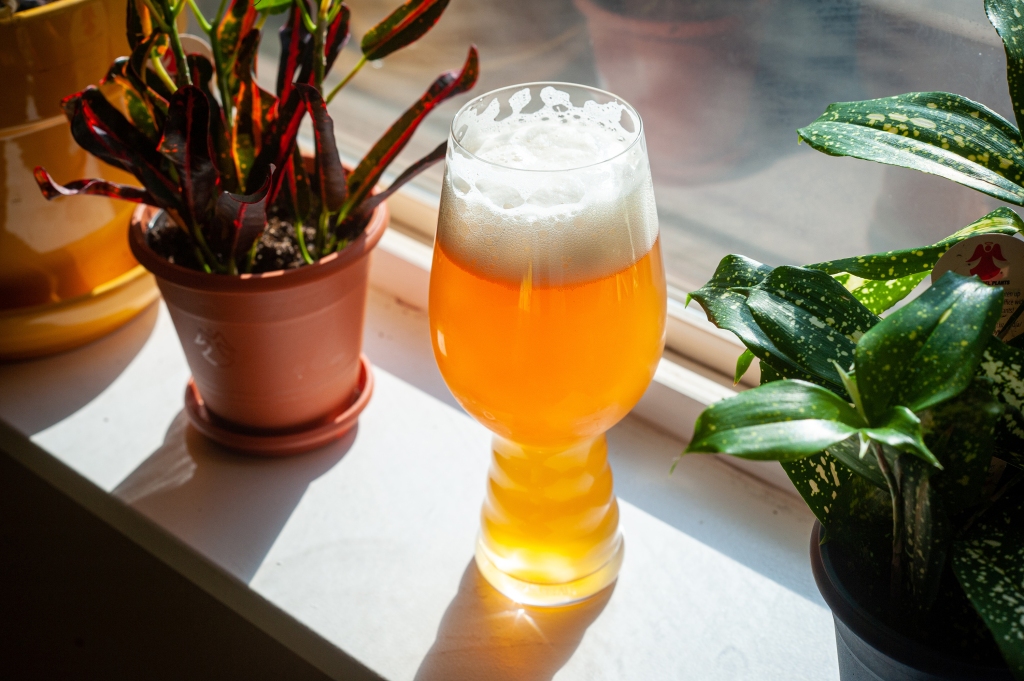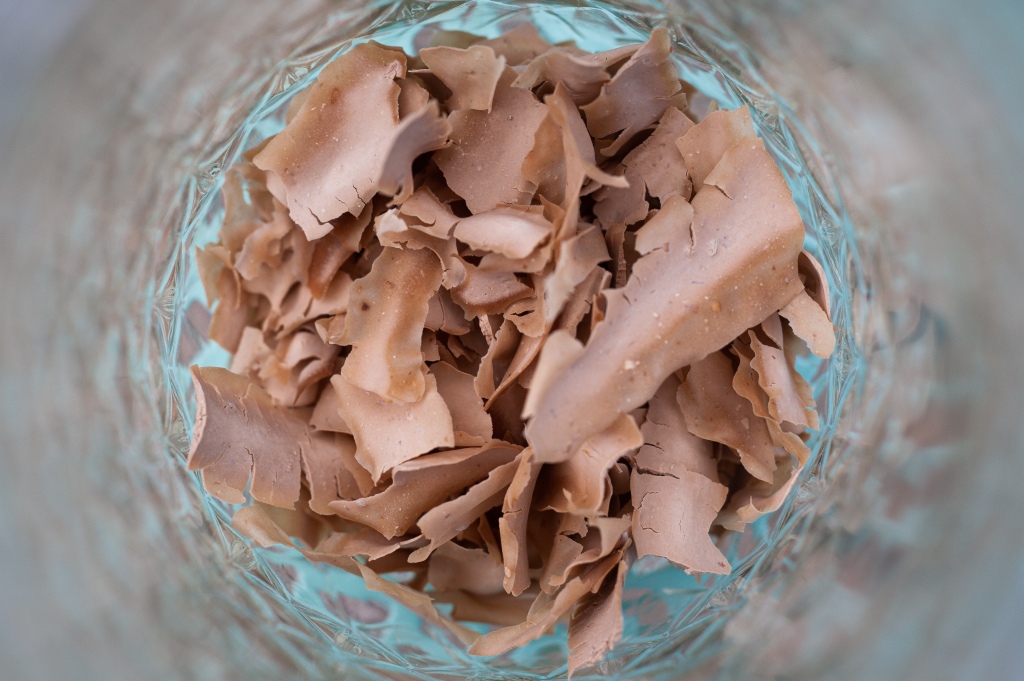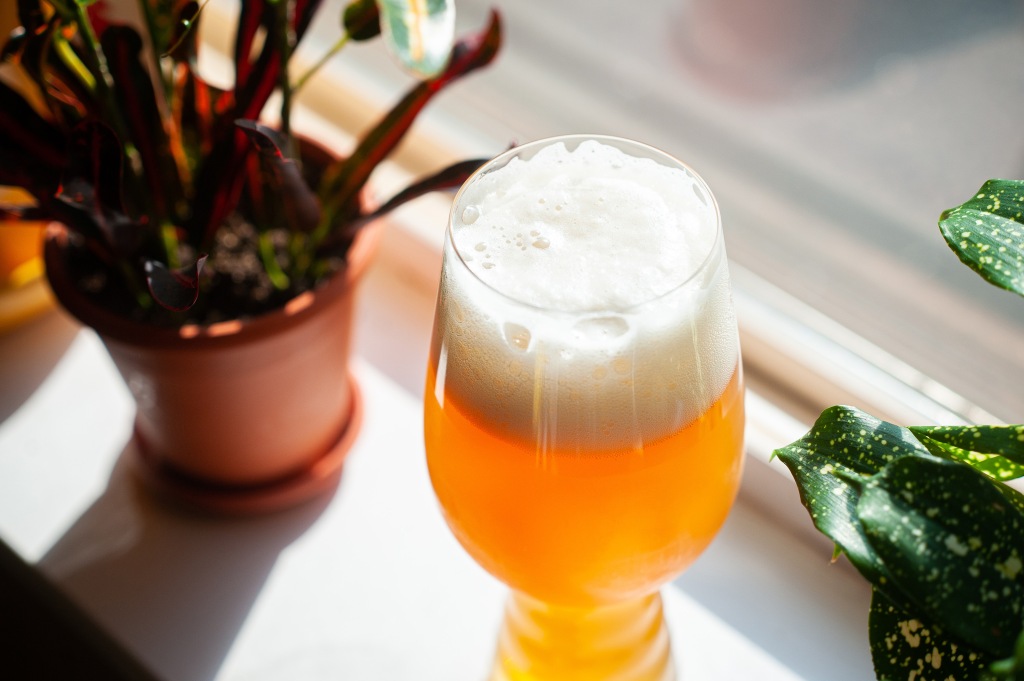What the kveik?

If you’re reading this blog, chances are you’re deeply invested enough in homebrewing as a hobby that you’ve already heard of kveik—a family of “farmhouse” yeast strains originating out of Norway. I put farmhouse in scare quotes because these yeasts, while 100% used on farms, do not possess most of the characteristics that brewers typically associate with farmhouse yeasts (saison and Brett strains, specifically).
If you haven’t heard of kveik, drop everything you’re doing and read the incredible work of Lars Marius Garshol, top to bottom.

Here’s the skinny, though:
- Most kveik strains (there are some 55 strains in Lars’s registry) can ferment at heretofore unheard of temperatures of up to 100F.
- At these temps, they can turn beer around in just a couple days.
- They can do this (most of them) without any notable off flavors. No fusels, no phenolics, no nothin’. Just some citrusy/fruity goodness that goes great with hoppy beers.
- Some strains (most notably Bootleg Biology’s OSLO) can produce “lager-like” results with perfect clarity and a crisp finish.
- They can be top-cropped or harvested from slurry once you rack your beer off, then dried and kept virtually indefinitely. I’ve done it successfully in my food dehydrator, and also in my oven with just the oven light on.
I know, it’s fucking crazy.
For the past few months I’ve been collecting kveik strains, both commercial examples like White Labs’ WLP518 Opshaug and original dried cultures like Voss, Tormodgarden, Framgarden, Hornindal, and Raftevold. (You can get a lot of these dried cultures from KveikSupply, via Etsy.)
Anyway, I decided I should finally put some of this miracle yeast to work, so I took some Opshaug and pitched it into a new rye IPA recipe jam-packed with Citra and Amarillo.
What’s in it?
The Vitals
- Method: BIAB, no sparge, squeeze of death
- Batch size: 3.5 gallons
- Mash: 75 minutes @ 152F
- Boil: 60 minutes
- OG: 1.067
- FG: 1.012
- ABV: 7.3%
- IBU: 60ish
The Grain
- 5.25 lb Mecca Grade Lamonta (2-row)
- 1.85 lb Briess Rye Malt
- 1.1 lb Mecca Grade Vanora (Vienna)
- 0.15 lb Briess Crystal 60L
The Hops
- 9g CTZ [17.1% AA] @ 60 minutes
- 13g Citra [Leaf, 13.4% AA] @ 15 minutes
- 10g Amarillo [8% AA] @ 15 minutes
- 13g Citra @ WP 20 minutes
- 10g Amarillo @ WP 20 minutes
- 45g Citra @ DH 4 days
- 35g Amarillo @ DH 4 days
The Rest
- Water: 4.3 gallons machine RO + 4.7g Gypsum, 3.2g CaCl2, 1.21g Lactic Acid 88%
- Yeast: 1/3 cup Opshaug starter slurry (a massive overpitch, by all accounts)
How’d it go?
After recently brewing a series of beers with extra-long mashes and boils, this 75/60 was a breeze. I mashed in to hit 152F and left it there for a half hour, before bumping the target temp on my Robobrew to 154F for the remaining 45 minutes. Why? I noticed that the temp in the middle of the grain bag was actually about 149F; not having a recirc pump on my Robobrew, I have to manually stir to distribute temp throughout the kettle, and the top is always a bit cooler than the base, where the heating element is. I wanted to make sure I got a little more body in the end product.
Anyway, after 75 minutes in the 152-154F range and a vigorous squeeze of the grain bag, I had a pre-boil SG of 14.2 Bx, or 1.058—as usual, fourish points higher than the BeerSmith estimate. (I could adjust my equipment profile at this point to account for the bonus points, but I get weird satisfaction out of “beating” my numbers.)

I boiled 60 minutes, adding CTZ to bitter and leaf Citra and pellet Amarillo at 15 minutes and flameout, inside my shiny new giant hop spider. I whirlpooled the flameout additions for about 30 minutes around 160-170F, then continued chilling to 100F. At that point I lost patience (hot summertime ground water chills slowly) so I transferred the wort to my SS Brew Bucket and let it continue chilling naturally overnight. A quick OG check told me I’d hit 16.3 Bx, or 1.067.
When I woke up bright and early the next morning, my beer-to-be was sitting at 87F. At that point, I pitched about 1/3 of a cup of Opshaug kveik slurry and sealed it up again. By lunchtime, the airlock was poppin’. By dinner, a quick refractometer reading showed gravity had already dropped to 1.048. The next morning, a mere 24 hours after pitching, it was down to 1.017, and the temp was riding steady at 95F. Whoa!
Ultimately, the kveik finished things off within 36 hours at a FG of 1.012. Really impressive.
Life got in the way and I let it sit for a few more days before dry-hopping. I let the dry hops marinate for a mere two days, then kegged the beer about six days post-pitch. After 24 hours at 40 PSI, it was fully carbed and ready to serve.
How’s it taste?

Oh man, this is easily the best IPA I’ve made. Admittedly, not a high bar since this is roughly my third or fourth attempt at a very hoppy style, but I’m super pleased with how it came out. Let me put it this way: If it were served to me at any random brewery, I’d be very happy.
Appearance: Hazy orange-gold with a generous head that lasts and lasts (and leaves gorgeous lacing as it slowly retreats). I suspect the haze is due to the rye proteins, since I had similar results with my Lemon Party pale ale/saison thing.
Aroma: When the Opshaug starter was going, it smelled like pure fruit punch. I thought that flavor would go well with the Citra and Amarillo, and the end result confirms that theory. Mixed fruit, citrus, and pine jump out of the glass, plus the faintest whiff of booze.
Taste: Follows the smell. Light, bright, fruity, with a resinous ending note that lingers on the tongue. It’s proper old-school West Coast IPA bitter, too. A solid malt backbone, but nothing that gets in the way of the hops. Definitely stickier than the average IPA, these days.
Mouthfeel: Thick and chewy thanks to the 20% rye malt. It really coats your tongue and stays there, and the lingering bitterness makes you want another sip.
Would I brew it again?
100%! I love this beer.
I think next time I’d shift the boil additions of the Citra and Amarillo to 10 or 5 minutes, and beef them up correspondingly. I want even more of that delicious aroma and flavor in the finished product. Otherwise, I see very little to complain about with this one. The Opshaug kveik performed so well and tastes so good that I’m contemplating making it my house strain for hoppy beers, too. I need another trial with a non-rye recipe to confirm that, though.

I’m really enjoying your write-ups! I found your blog through the r/homebrewing post on the coconut Cheerios beer, and ended up reading through almost all your posts. Planning on doing my first kveik brew this weekend (a tropical NEIPA with Hornindal) so I’m reading all the info I can get my hands on. Cheers!
Awesome, so glad to hear you’re enjoying it. I haven’t used Hornindal personally, but I’ve used about 6 or 7 other kveik strains/cultures and all of them work in roughly the same way: hot and fast. I just did an all Nelson Sauvin IPA with Lallemand Voss that is among the best IPAs I’ve made. Love this stuff, especially in a high desert summer!
I stocked up at least 14 different kveik strains, but only managed to try the half of it yet. Love it for quick turnover beers!